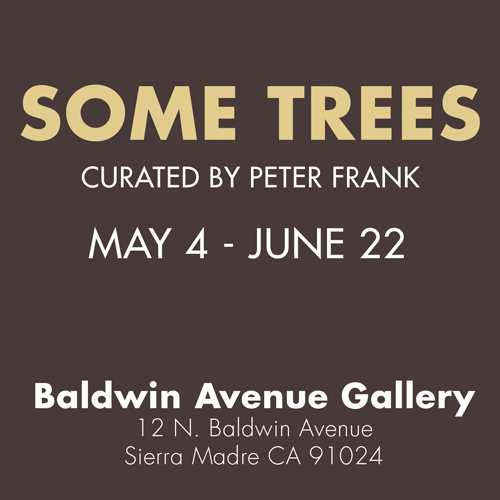As a Korean-born queer person who was adopted at nine months by a conservative white Christian family in the Tennessee Bible Belt, Se Oh struggled for years with the trauma of rejection, including from their adoptive parents who believed that homosexuals don’t make it into heaven. In the two-part exhibition “Elegies (Little Deaths/The Witnesses),” Oh enacted a symbolic purging of painful memories and the emotional wounds they suffered simply for being Asian American and gay, while paving a road to self-affirmation.
Part I of the exhibition consisted primarily of “Little Deaths” (2024), a wall-mounted installation of 60 small, handmade porcelain vessels. Arranged on a grid of shelves, these are loosely based on Korean funerary objects that are traditionally buried with the dead. Stylistically, the vessels simulate forms found in nature, with their mouths opening like flowers. Metaphorically, the overall grouping was intended to represent the unpleasant or regrettable experiences, habits or relationships that punctuate our lives, and that, through will and resilience, we are able to put behind us. Oh also suspended two clusters of vessels from the ceiling, titled A Mother’s Tears and A Father’s Tears, (both works 2023) as representations of their own parents’ grief.
At the opening reception for Part I, Oh invited visitors to participate in a ceremonial catharsis through which they too could lay some bad recollection to rest. Each attendee was asked to write their memory on a piece of incense paper soaked in essence of chrysanthemum, a flower associated with Korean funeral rites. The papers were then lit and burned in a ceramic vessel. Oh’s participatory healing ritual is similar in process and format to Kim Abeles’ Pearls of Wisdom: End the Violence project (2011), in which the artist led workshops for victims of domestic abuse and their supporters, who each wrote traumatic memories on pieces of paper that they concealed in oyster-shaped sculptures they made themselves.

Se Oh, “Barachiel,” 2024, high fire porcelain and celadon glaze.
More than a month into the exhibition, Oh added Part II, “The Witnesses,” (2024) a series of new, larger vessels based on Old Testament depictions of angels. While still mimicking floral or vegetal formations, these symbolic observers of the artist’s “Little Deaths” have eyes peering out from them. Additionally, they have been coated with celadon, a green-tinted glaze that originated in China and is common in Korean ceramics.. In wedding Judeo-Christian subject matter with a medium tied to their ethnicity, Oh cleverly unites their birth and acquired heritages.
The second half of the show also included a number of newly created vessels that focus on rebirth and rejuvenation. Conceptually, this idea was expressed through recycling the ashes from the earlier ceremony. For added hanging works such as Ego Death (2024), the artist mixed the ashes into the celadon glaze, giving them a new life and context. This technique was also used for the interior sections of new “nested vessels,” where one ceramic object is lodged inside another. The artist views the exterior vessels as flowers that open to reveal one’s inner self. While presenting us with a delicate and poignant form of visual poetry, Oh appears to have found a path to acceptance and peace.




















David S. Rubin continues to amaze with his brilliant and perceptive art writing. Congratulations and many wishes for success to the artist and venue.
Achingly beautiful.